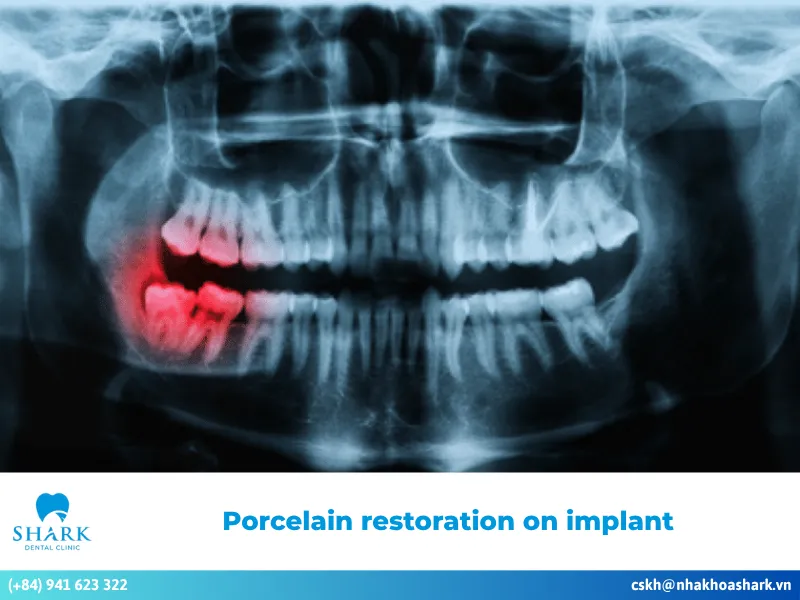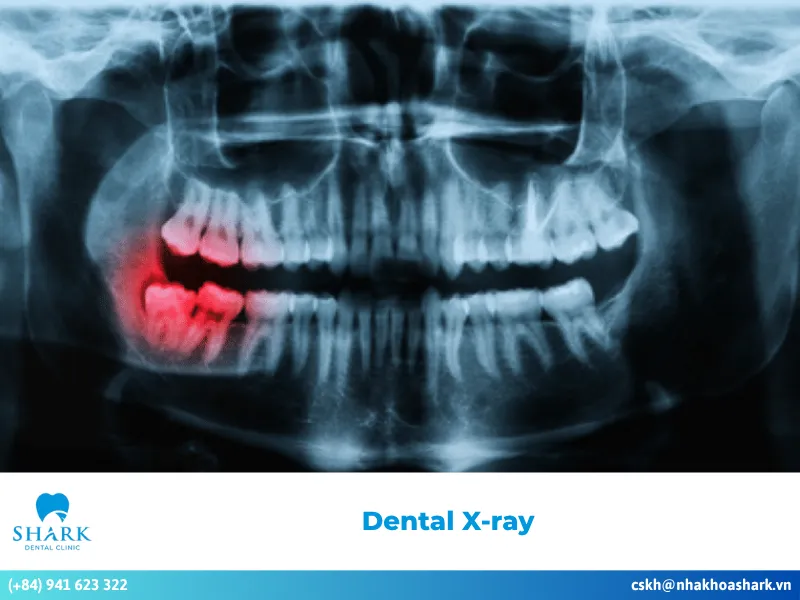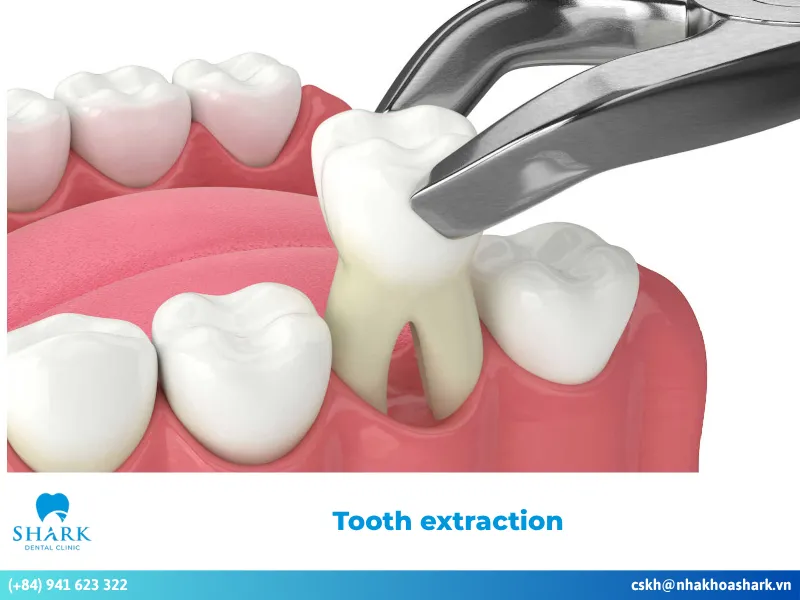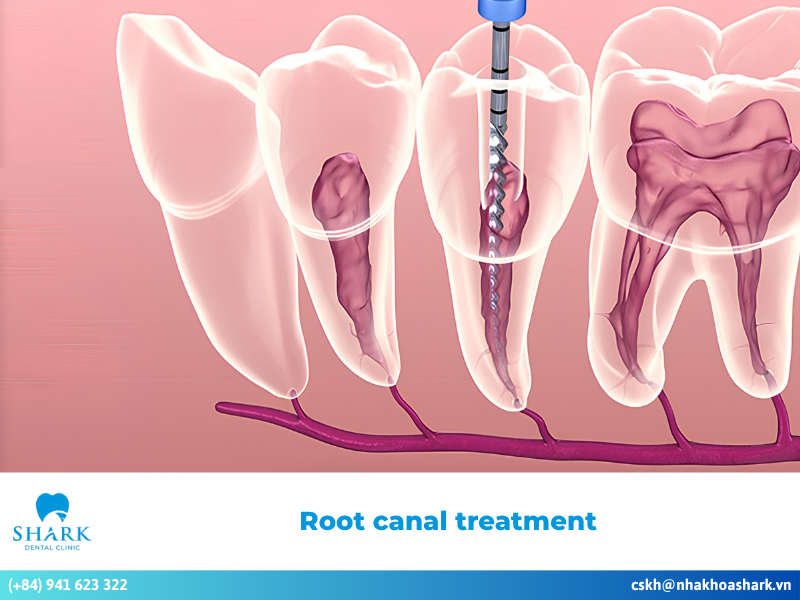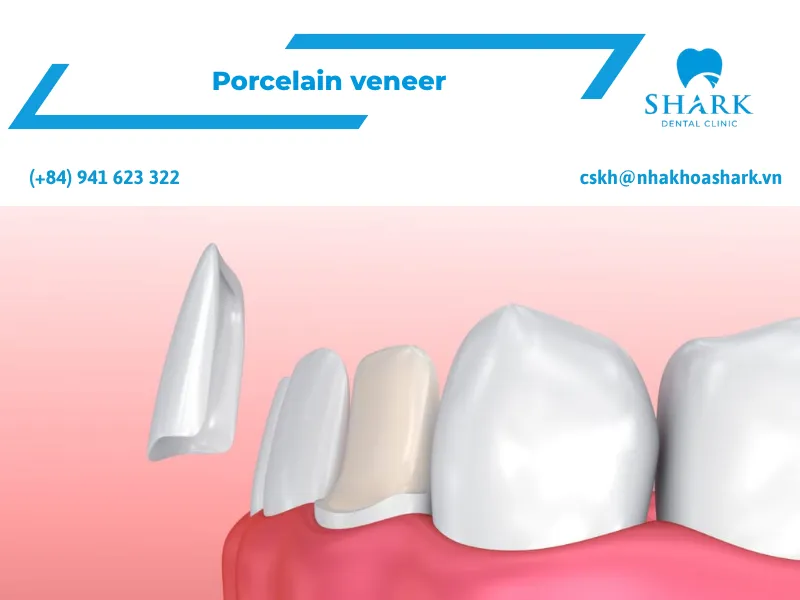Tooth filling is a widely favored dental technique used to treat various dental issues such as tooth decay, gaps between teeth, and chipped teeth. It is highly favored by individuals who value both oral health and aesthetics.
However, many people are still unclear about what dental filling truly involves, which material is best suited for their condition, how the procedure works, and most importantly—where to receive safe and reliable treatment.
Let’s explore the answers to these questions in the article below.
What is tooth filling?
Tooth filling is a dental procedure that involves using artificial materials to fill cavities or gaps in the enamel caused by decay or damage. These materials are typically strong, durable, biocompatible, and help restore the tooth’s natural function and appearance.
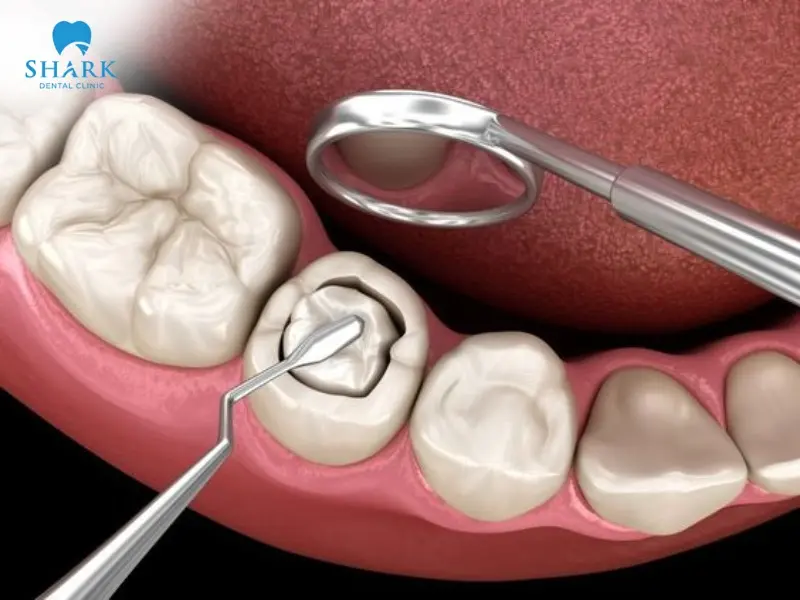
Types of dental fillings
To meet the growing demand for aesthetic dentistry, a variety of popular dental filling materials are now available — each with its own advantages and limitations.Composite Resin Fillings
Composite resins
Composite resin, also known as composite, is one of the most popular dental materials today, offering good durability and excellent cosmetic results.
Advantages:
- Composite is highly favored for its superior aesthetic quality. This material is crafted in natural-looking shades that closely match the original tooth color, making it an ideal choice for visible areas such as the front teeth.
- It bonds well to the natural tooth structure, providing good strength and durability after the filling.
Disadvantages:
- Composite resin tends to wear down more quickly than silver fillings and is less resistant to heavy bite forces.
- Using this filling material requires advanced techniques, and any mistake during the procedure may cause potential damage to the tooth.
- The cost of composite fillings is relatively high compared to other materials.
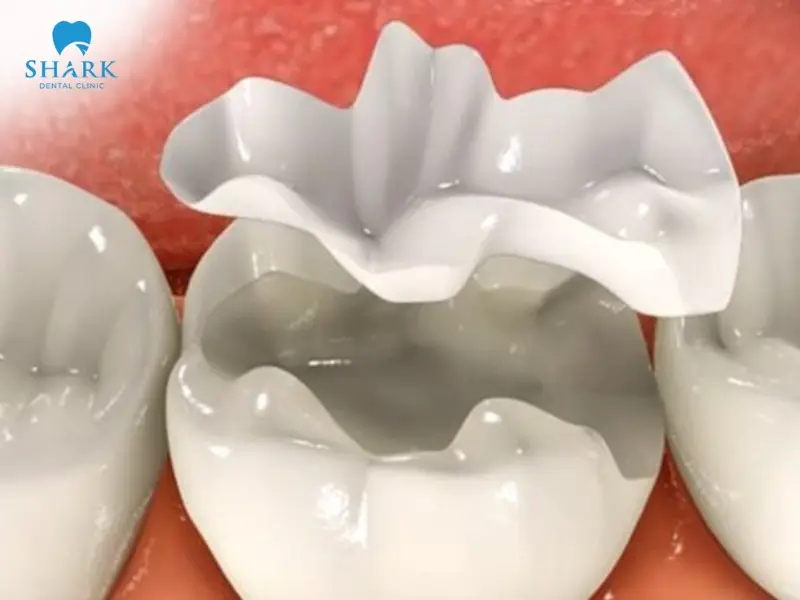
Amalgam (Silver) fillings
Amalgam fillings, commonly known as silver fillings, are one of the oldest and most widely used dental restoration methods. In fact, besides silver, amalgam also contains other elements such as zinc, copper, and mercury.
Advantages:
- Silver fillings can last from 10 to 15 years, or even longer.
- Amalgam is highly durable and withstands strong chewing forces.
- It is more affordable compared to other filling materials.
Disadvantages:
- Amalgam has a distinct metallic color which does not resemble natural tooth color, so it is not highly aesthetic.
- Amalgam fillings often require removal of a larger portion of the tooth structure to make room for the filling, which may potentially affect surrounding teeth.
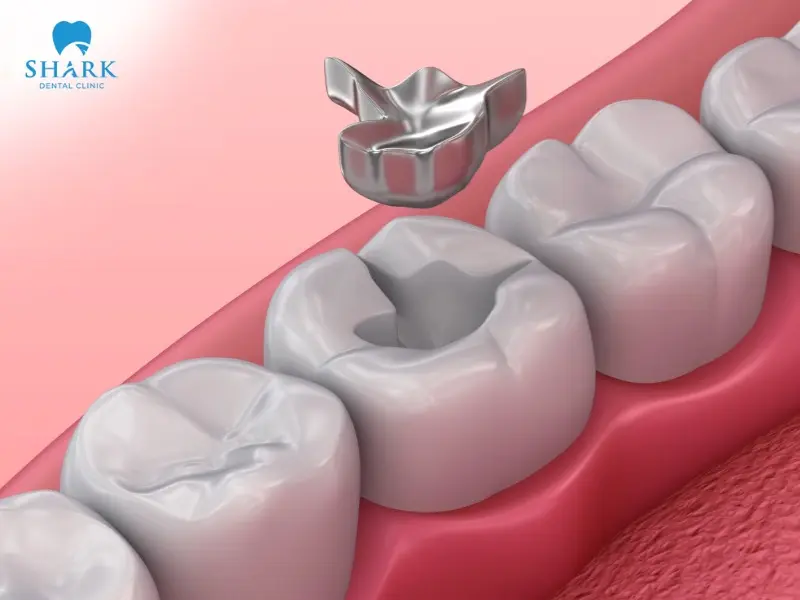
Gold fillings
Gold has long been regarded as a luxurious and prestigious material with excellent aesthetic appeal. As a result, gold fillings are a preferred option for many patients who value both durability and elegance in dental treatments.
Advantages:
- Gold is extremely durable and resistant to wear over time, with a lifespan of 10 to 15 years or more.
- It has excellent strength and can withstand strong biting forces.
- Gold fillings convey a luxurious appearance and leave a lasting impression on others.
Disadvantages:
- High cost is a major drawback of gold fillings.
- In rare cases, a reaction between metal and saliva in the oral cavity can produce a small electric current, causing a sharp and uncomfortable sensation.
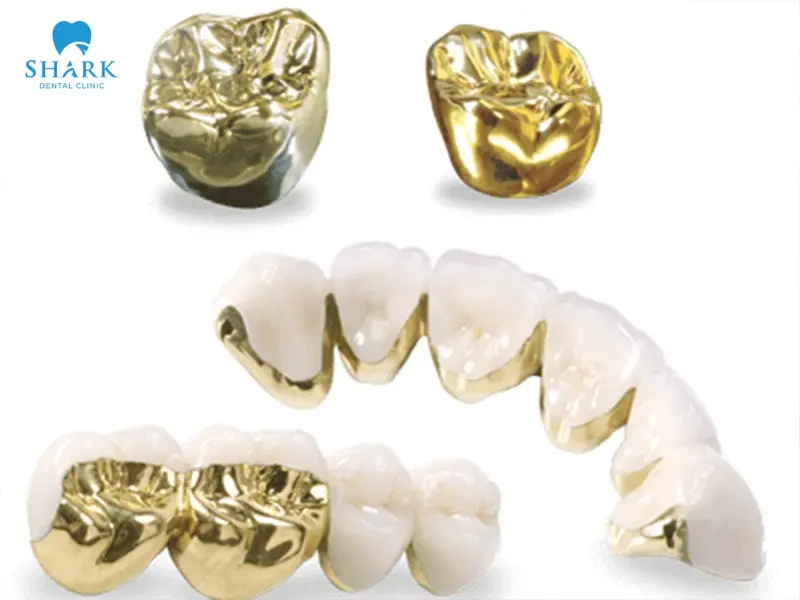
Porcelain fillings
Porcelain is a widely used material in modern cosmetic dentistry.
Advantages:
- Porcelain offers high durability, with a lifespan of 10 to 15 years.
- Porcelain materials offer high strength and a moderate size, making them ideal for addressing issues such as tooth discoloration, gaps, chips, and decay.
Disadvantages:
- Porcelain fillings have lower sensitivity compared to natural teeth.
- The procedure often requires tooth reduction, which may potentially damage the inner pulp.
- The cost of ceramic fillings is relatively high.
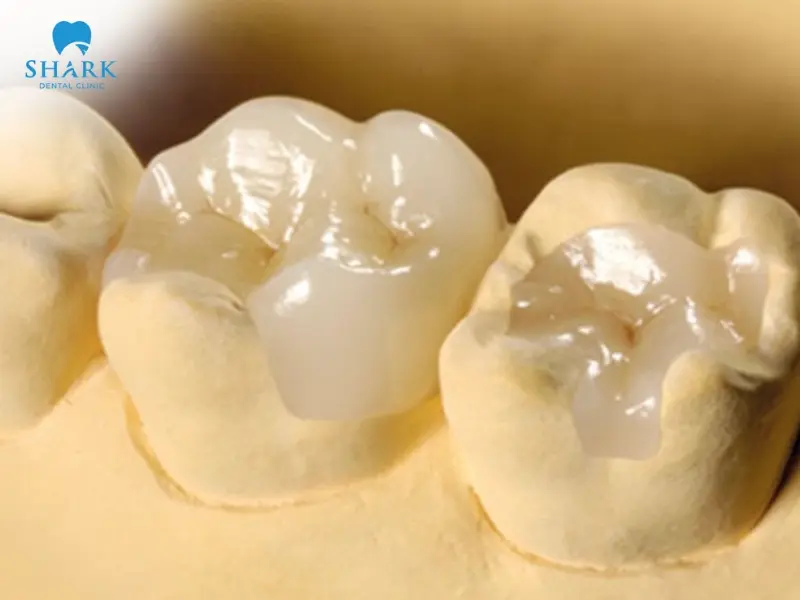
Each dental filling method comes with its own advantages and limitations. Depending on your needs and financial condition, it is advisable to consult with a dental professional to determine the most suitable option.
What happens during a dental filling procedure?
Currently, reputable dental clinics typically offer two types of tooth filling procedures:
- Direct Filling: This is a quick and straightforward procedure commonly used in a variety of dental cases.
- Step 1: Before the filling, the patient undergoes an X-ray and a thorough oral examination. The entire mouth is cleaned. The dentist will consult with the patient to choose the most suitable filling material.
- Step 2: The dentist applies local anesthesia to the treatment area to minimize discomfort during the procedure.
- Step 3: The dentist places the chosen filling material into the cavity and uses a curing light to harden it through a process known as light polymerization.
- Step 4: The dentist uses specialized tools to shape the filling so it fits well with the tooth’s structure and removes any excess material, ensuring durability and aesthetics.
The direct filling procedure usually takes 20 to 30 minutes, depending on the patient’s oral condition.
- Indirect Filling:
This is one of the most advanced dental filling techniques available today. It provides excellent restorative results and minimizes gaps between the tooth structure and the filling material.
- Step 1: Similar to the direct method, the patient undergoes X-rays and a detailed clinical examination to assess the area requiring restoration and select the appropriate filling material.
- Step 2: The dentist removes any tartar and food debris, then applies local anesthesia to the treatment site.
- Step 3: Once the oral cavity is thoroughly cleaned, the dentist takes an impression of the patient’s teeth. This mold is used to custom-create the filling for optimal fit and aesthetic results.
- Step 4: The patient is scheduled for a follow-up appointment, during which the custom-made filling is bonded to the tooth and adjusted if necessary.
The indirect filling procedure typically requires at least two visits, depending on the patient’s oral condition and the clinic’s equipment and standards.
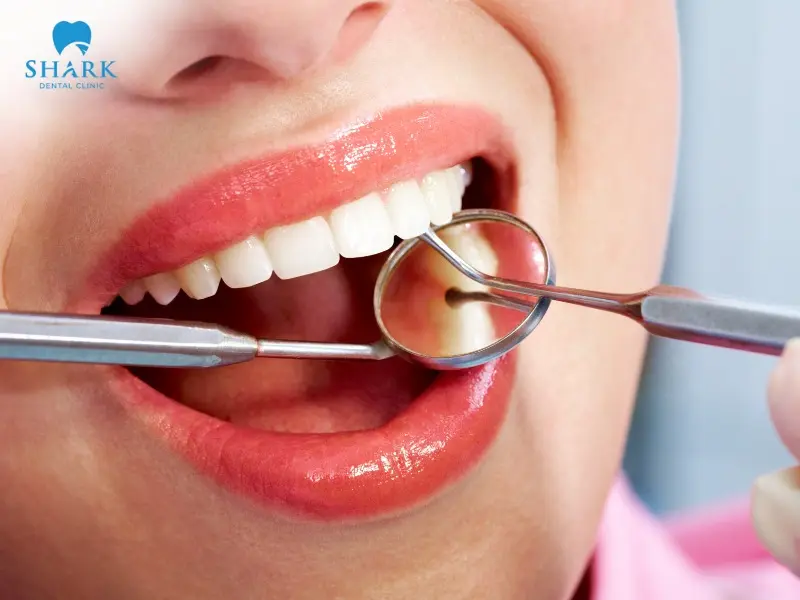
What are the benefits of early dental filling?
Timely dental filling brings numerous benefits to patients, including:
- Prevents the progression of tooth decay and infections by sealing cavities early, which helps protect the enamel and preserve the natural tooth structure.
- Reduces bacterial presence in the oral cavity, thereby lowering the risk of pulpitis (inflammation of the tooth pulp).
- Enhances aesthetics, improving your confidence in daily activities such as eating, speaking, and smiling.
- Saves time and cost by addressing dental issues before they become more complex and require extensive treatment.
In summary, early dental filling not only protects your oral health but also ensures optimal aesthetic and functional outcomes. It is recommended to visit a reputable dental clinic to receive expert consultation and choose the most appropriate filling solution.
Do fillings prevent future cavities?
Dental fillings serve not only a restorative function but also a preventative one. By sealing cavities and eliminating structural voids in the tooth, fillings remove the environment in which bacteria typically thrive. This interruption of bacterial colonization helps prevent further enamel degradation and significantly reduces the risk of recurrent decay.
Nevertheless, to maintain optimal oral health and maximize the longevity of dental restorations, it is essential to practice proper oral hygiene. This includes thorough brushing and flossing, minimizing the intake of sugary foods and beverages, and attending regular dental check-ups.
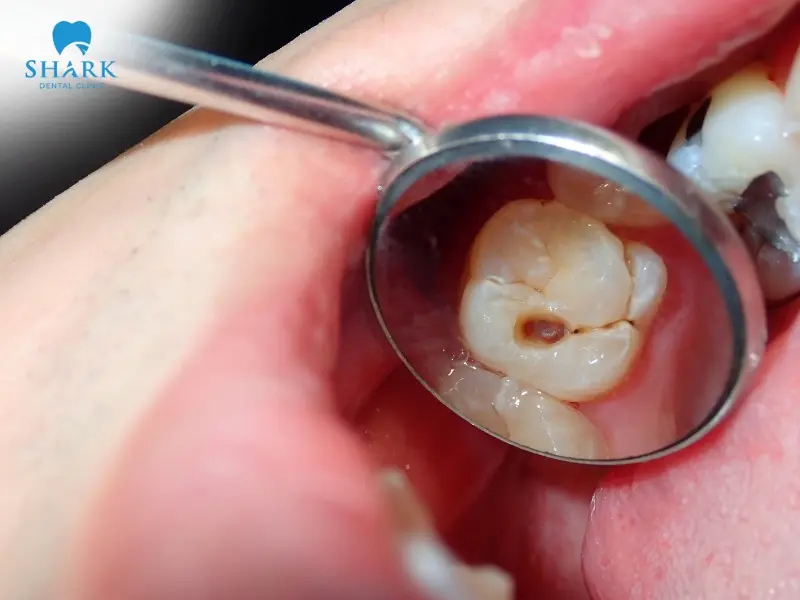
Why should you get your teeth filled at Shark Dental in Vietnam?
In Vietnam, Shark Dental takes pride in being a premier provider of high-quality dental filling services, highly regarded by both local and international clients.Here, patients experience a modern dental filling environment, fully supported by state-of-the-art equipment imported from Europe.

In addition, the dental professionals at Shark Dental are leading experts in aesthetic dentistry. With over 20 years of experience, our dentists possess exceptional clinical expertise and have successfully performed thousands of tooth filling procedures—from routine to highly complex cases.
Each patient at Shark Dental receives personalized consultation and a tailored treatment plan that suits their specific dental condition. For severe cases such as deep cavities or fractured teeth, our specialists provide comprehensive care strategies prior to the filling process to ensure optimal restorative outcomes.
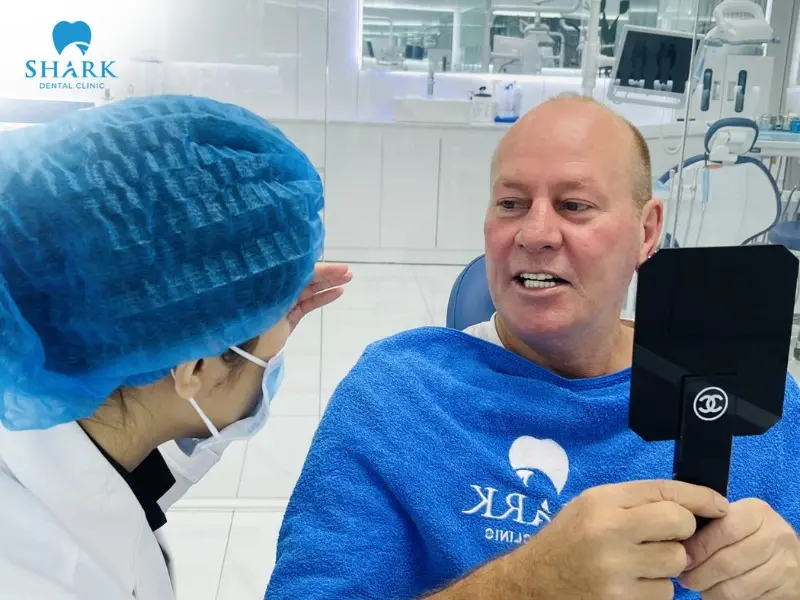
At Shark Dental Clinic, transparency is our priority. All information regarding filling costs, treatment procedures, post-treatment care, and warranty policies is clearly and openly disclosed. We are committed to safeguarding our clients’ interests, providing a comfortable and satisfying experience throughout their aesthetic dental journey.
Through the information provided above, you now have a better understanding of what dental filling is, how the procedure is performed, and where to find a reputable clinic in Vietnam. We hope that Shark Dental will become your trusted destination to effectively resolve dental issues and help you achieve a healthy, confident smile in everyday life.





